Expansion of Agricultural Production
The expansion of agricultural production is a vital driver of the Grain Processing Equipment Market. As countries strive to enhance food security and self-sufficiency, investments in agricultural infrastructure are increasing. In 2025, it is anticipated that the agricultural sector will grow by approximately 5%, leading to a corresponding rise in the demand for grain processing equipment. This growth is particularly evident in emerging markets, where the need for modern processing facilities is becoming more pronounced. Enhanced grain processing equipment enables farmers and producers to maximize yield and minimize waste, thereby improving overall productivity. As agricultural production expands, the Grain Processing Equipment Market is poised for substantial growth, driven by the need for advanced processing solutions.
Growing Focus on Food Safety and Quality
The growing focus on food safety and quality is a significant driver of the Grain Processing Equipment Market. With increasing regulatory scrutiny and consumer awareness regarding food safety, manufacturers are compelled to invest in equipment that ensures compliance with stringent safety standards. In 2025, the market for food safety equipment within the grain processing sector is expected to witness a growth rate of approximately 10%. This trend is indicative of the industry's commitment to maintaining high-quality standards throughout the processing stages. Enhanced grain processing equipment not only minimizes contamination risks but also improves the overall quality of the end products. Thus, the emphasis on food safety is shaping the operational strategies within the Grain Processing Equipment Market.
Rising Demand for Processed Grain Products
The increasing demand for processed grain products is a primary driver of the Grain Processing Equipment Market. As consumer preferences shift towards convenience foods, the need for efficient grain processing solutions has surged. In 2025, the market for processed grains is projected to reach approximately USD 300 billion, indicating a robust growth trajectory. This demand is fueled by the rising population and urbanization, which necessitate the production of ready-to-eat and easy-to-prepare food items. Consequently, manufacturers are investing in advanced grain processing equipment to enhance production efficiency and meet consumer expectations. The Grain Processing Equipment Market is thus experiencing a significant transformation, with companies focusing on innovative technologies to cater to this evolving demand.
Sustainability and Environmental Regulations
Sustainability and environmental regulations are increasingly influencing the Grain Processing Equipment Market. As governments and organizations implement stricter environmental policies, manufacturers are seeking eco-friendly processing solutions. The demand for energy-efficient and low-emission equipment is on the rise, with projections indicating a 12% growth in the market for sustainable grain processing technologies by 2025. This shift is driven by the need to reduce the carbon footprint associated with grain processing operations. Companies are investing in research and development to create equipment that not only meets regulatory requirements but also appeals to environmentally conscious consumers. Consequently, sustainability is becoming a pivotal factor in the strategic planning of the Grain Processing Equipment Market.
Technological Innovations in Processing Equipment
Technological innovations play a crucial role in shaping the Grain Processing Equipment Market. The advent of automation and smart technologies has revolutionized grain processing, leading to increased efficiency and reduced operational costs. For instance, the integration of IoT devices allows for real-time monitoring and control of processing operations, enhancing productivity. In 2025, it is estimated that the market for automated grain processing equipment will grow by over 15%, reflecting the industry's shift towards more sophisticated solutions. These advancements not only improve processing speed but also ensure higher quality and consistency in the final products. As a result, manufacturers are compelled to adopt cutting-edge technologies to remain competitive in the Grain Processing Equipment Market.


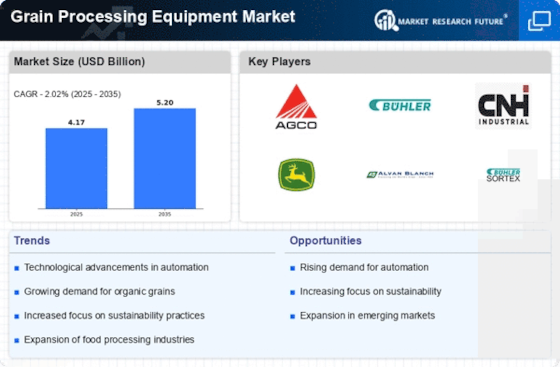
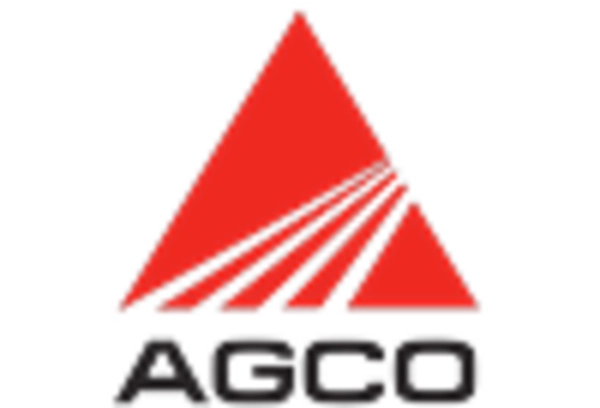
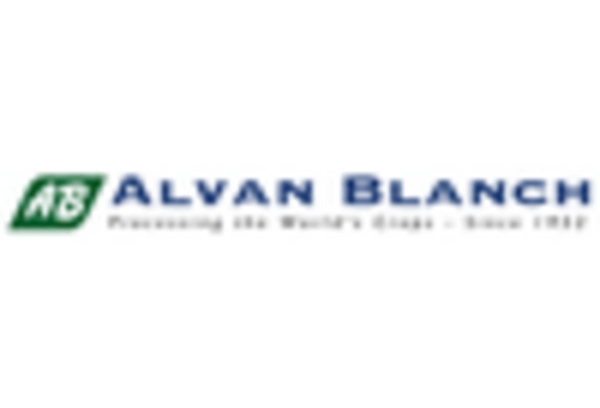
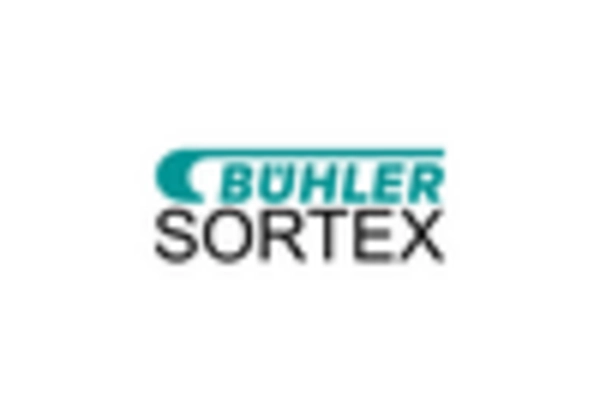
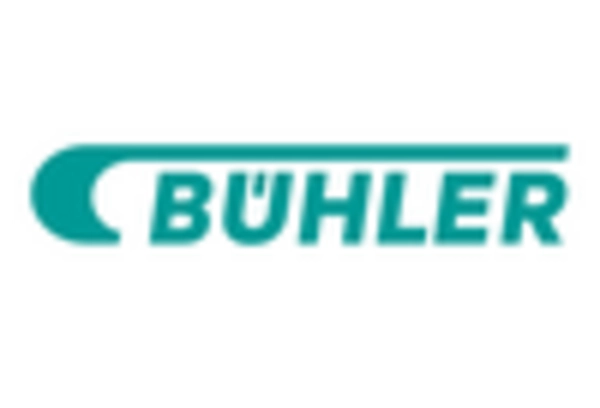










Leave a Comment